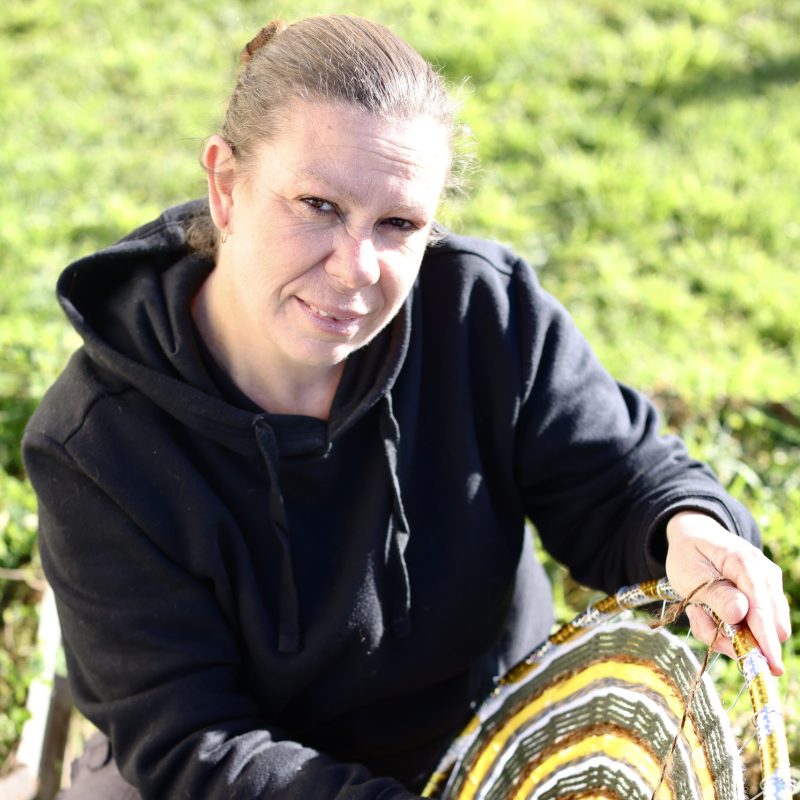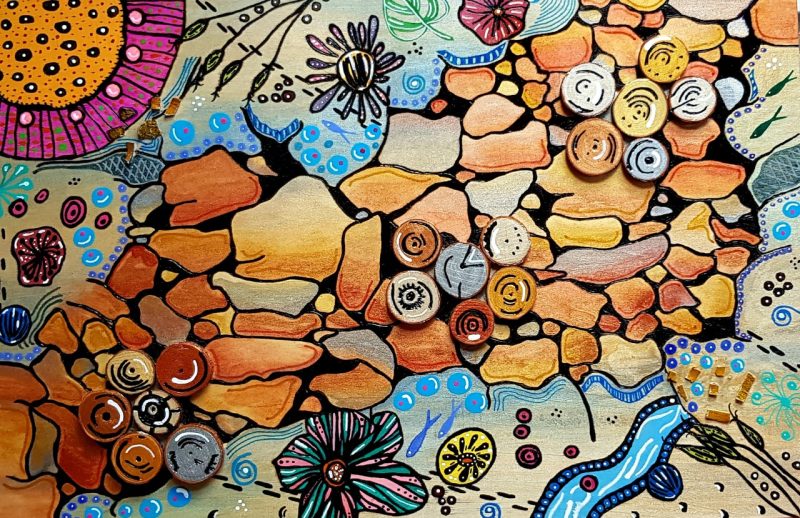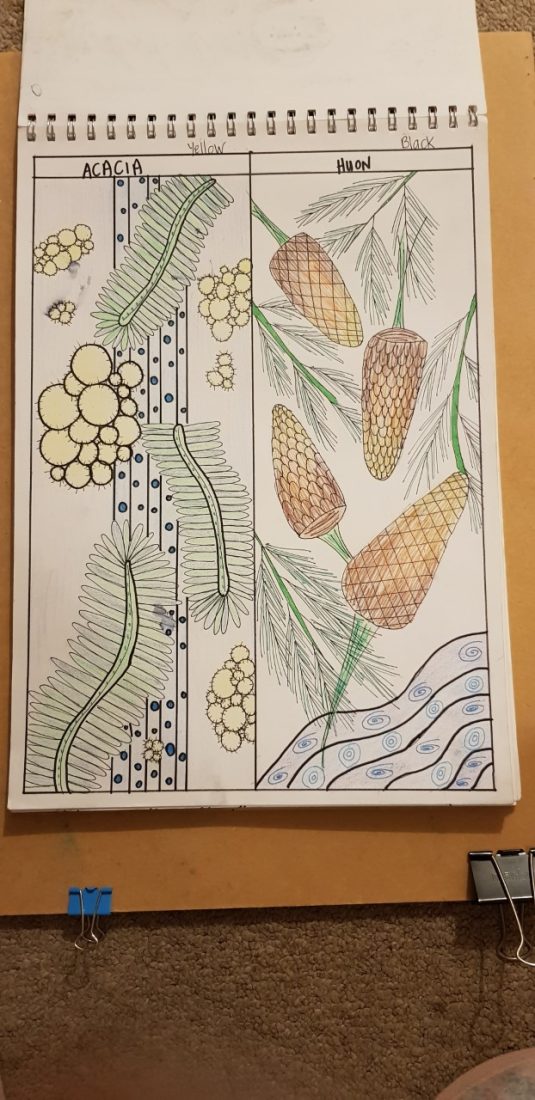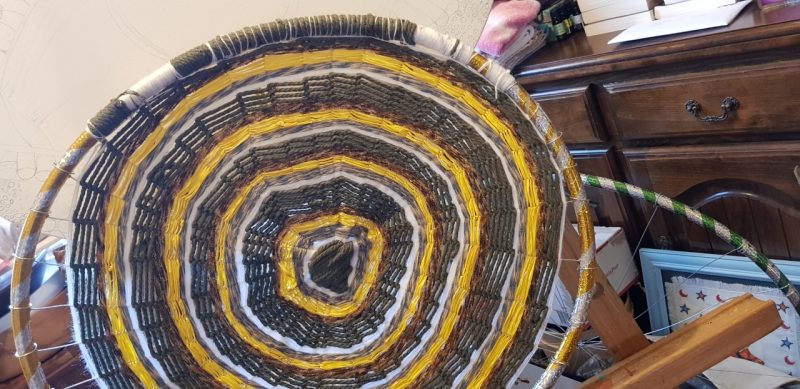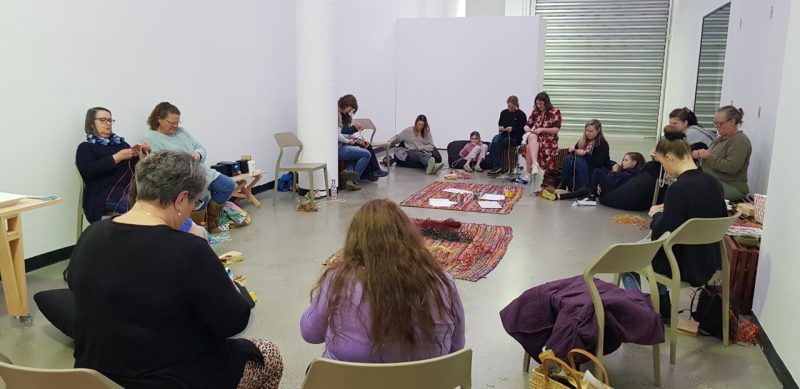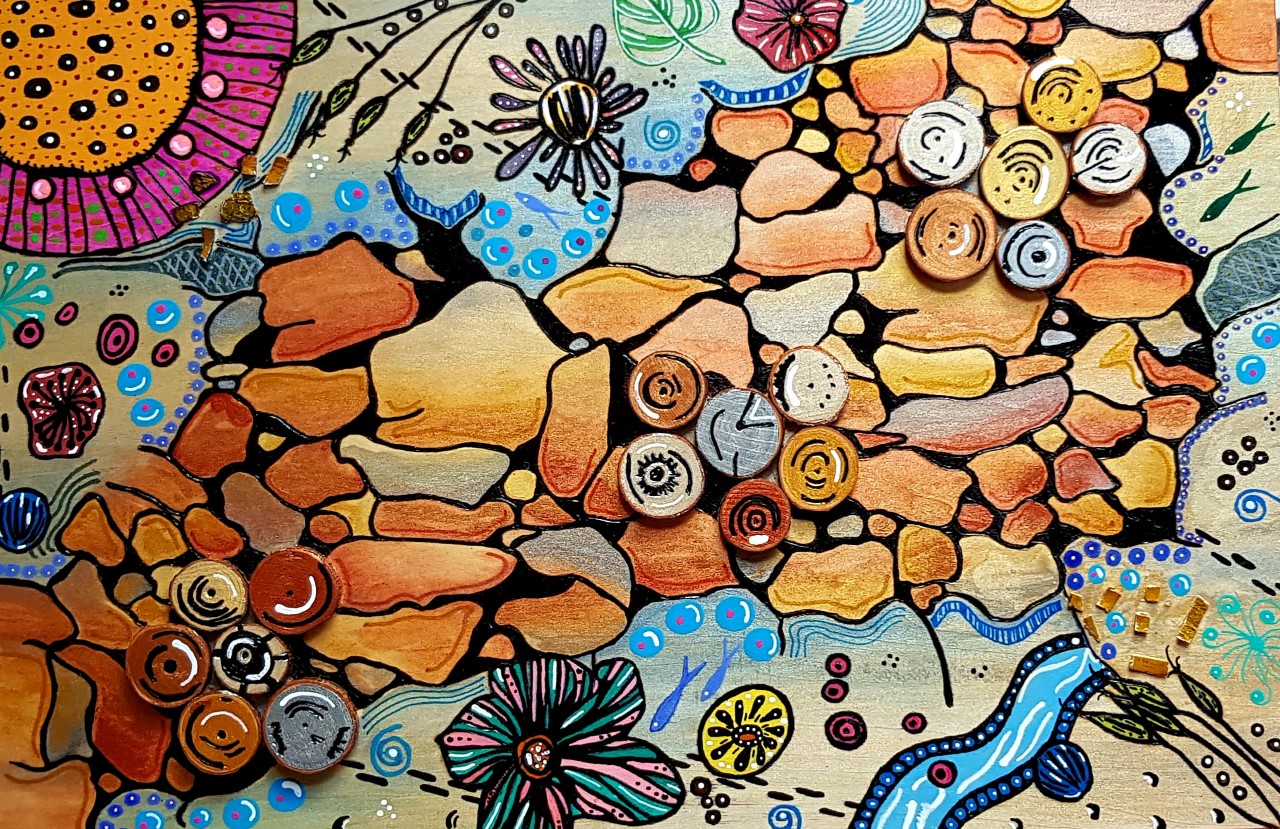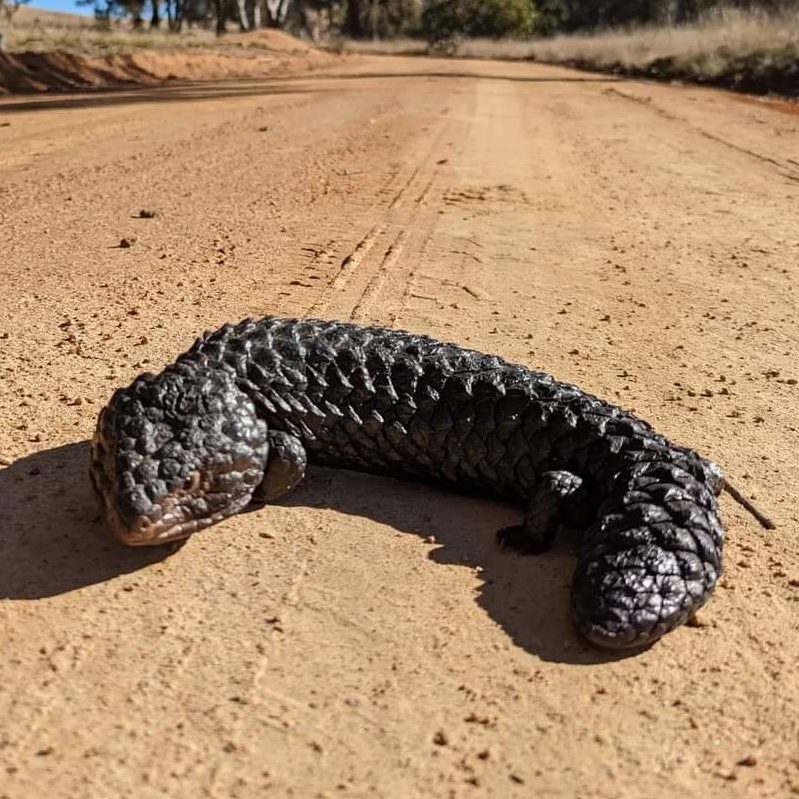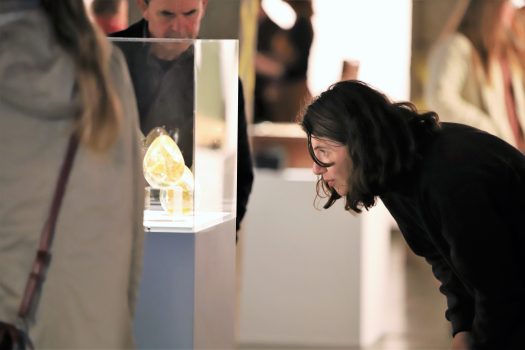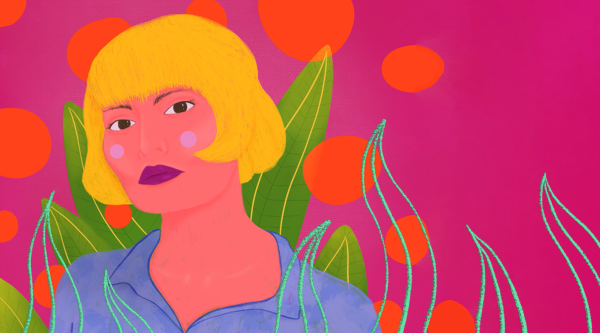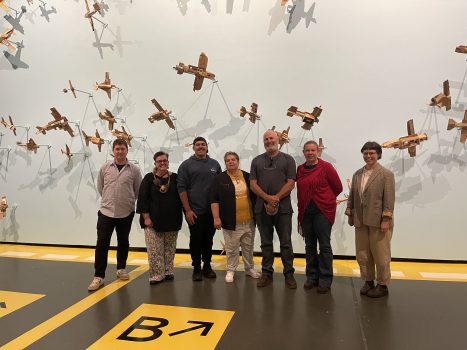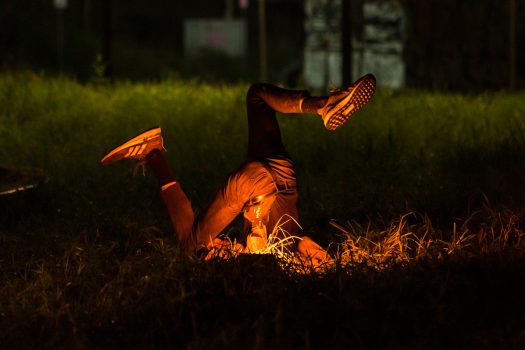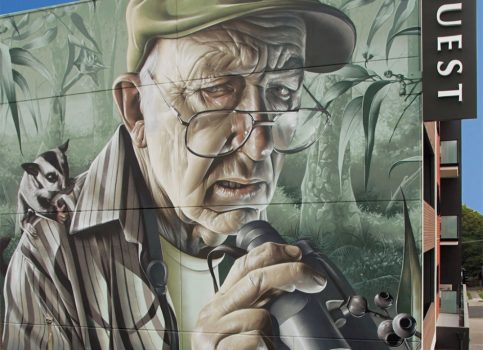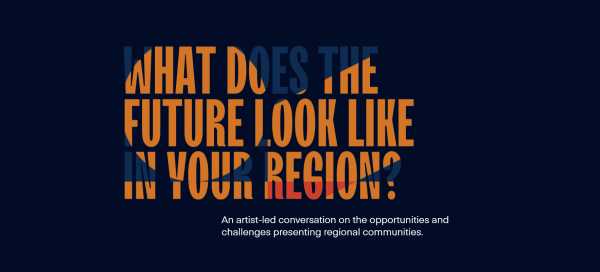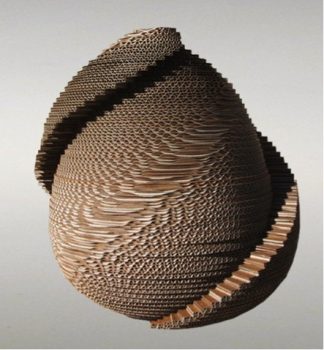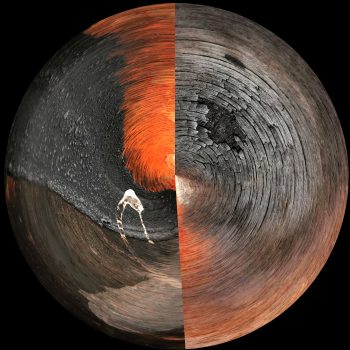Tell us about the evolution of your concept through this creative development process.
My concept has evolved in a better understanding of the amount of native animals that are endangered within my study area from Kangara-Boyd to Wyangla Corridor. In only the past few weeks our Greater Gliders have been listed as endangered. Along with Yellow Tailed Black Cockatoo, Ghan Ghan, Lyre Bird, Scarlet Robin, Legless Lizard, Spotted Quolls, and many others.
The devastating effect of the fires within this corridor has also seen many animals decline in numbers or completely relocate to other areas altogether with new colonies of koalas being found in two locations on the western side of the Tarlo River. Our native vegetation has also been impacted in both negative and positive ways with regrowth thriving and new growth development in previous non growing areas. This is combination of fire, drought, winds and floods moving seeds, and also a greater awareness and more action regarding the reestablishment and protection of this vegetation.
To begin with many of my works were going to be presented on a flat surface in the form of drawing and paintings that were developed as a result of the investigation process. I now find myself wanting to create work of a more tactile and fibrous nature. I have experimented with a wooden paint board attaching wooden rounds to this board to become a raised and tactile element of the work which represents a healthy clear creek bed and animal ecosystem.
I find myself wanting to use things from the environments I am studying, such as leaves, feathers, sticks and bark, to create elements of texture in my works. I have also as a result of this process begun exploring my weaving practice in more detail and from a more sustainable approach, by exploring materials other than raffia (wool, netting, plastic and newspaper) that can be woven into decorative or functional pieces. Turning unused or wasted products into art forms such as wall hangings, bowls, bags shapes reflecting nests and animal dens for eggs and young.

